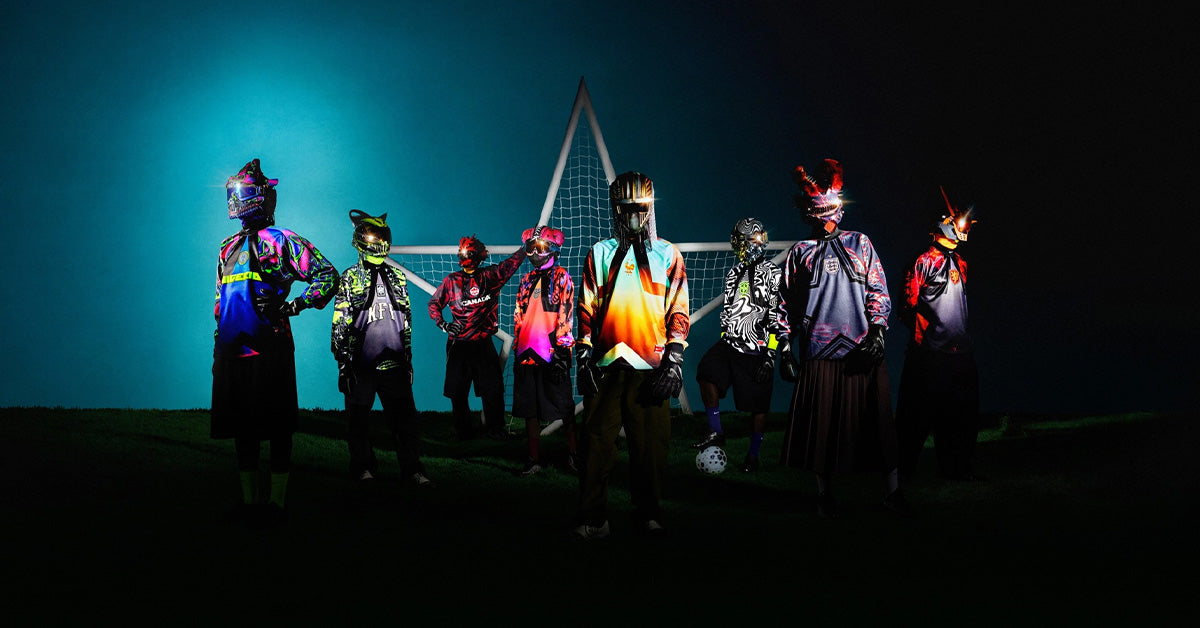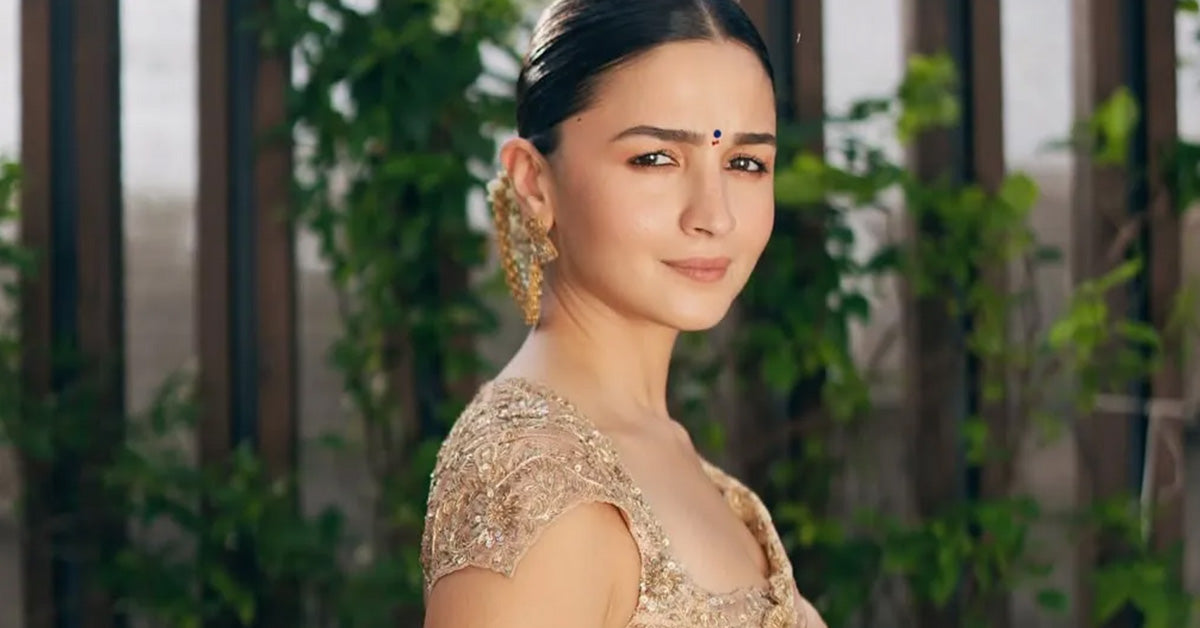Fashion is a language of self-expression, and every term or technique within it holds significance. One such intriguing and versatile term is ‘frayed edges’. You’ve likely spotted this detail on denim, jackets, dresses, and even accessories. But what exactly are frayed edges, and why are they such a beloved trend? In this editorial-style blog post, we’ll dive deep into the concept, history, styling tips, and more to help you understand the essence of this fashion detail.
Understanding Frayed Edges
In fashion, frayed edges refer to the intentional unraveling or roughened finish at the edges of fabric. Unlike clean, hemmed seams, frayed edges are raw and imperfect, often giving garments a rugged, casual, or vintage vibe. This technique celebrates the beauty of imperfection, making it a favorite in modern, edgy, and bohemian styles.
Frayed edges are often created by pulling out threads along the edges of the fabric, giving it a soft fringe-like appearance. It can be seen on various clothing items, including denim jeans, jackets, t-shirts, skirts, and even accessories such as bags and scarves.
The History of Frayed Edges in Fashion
Frayed edges may seem contemporary, but their roots trace back centuries. Historically, fraying was a sign of wear and tear, often associated with practicality rather than style. Farmers and laborers wore clothing with frayed edges as garments aged and softened with time. However, fashion’s ability to transform utility into art led to the deliberate incorporation of frayed edges into high fashion.
In the 1970s, frayed edges became synonymous with the bohemian and hippie movements, reflecting a carefree, anti-establishment attitude. In the 1990s, grunge fashion embraced frayed fabrics, with designers celebrating a disheveled yet intentional aesthetic. Fast forward to today, and frayed edges remain an enduring trend, appearing in both high-end runway collections and everyday streetwear.
Why Are Frayed Edges So Popular?
Frayed edges have maintained their popularity for several reasons:
- Versatility: Frayed edges can complement various styles, from edgy and grunge to bohemian and casual chic.
- Texture and Interest: They add visual and tactile texture to garments, making even basic pieces feel unique.
- Effortless Appeal: The unpolished aesthetic offers a sense of ease and authenticity that resonates with modern fashion lovers.
- Sustainability: Frayed edges align with the growing trend of upcycled and repurposed clothing, promoting sustainable fashion.
How to Style Frayed Edges
Styling frayed edges is all about balance. Here are some tips to incorporate this detail into your wardrobe:
- Pair with polished pieces: Offset the ruggedness of frayed edges with tailored blazers, structured bags, or sleek heels.
- Embrace the bohemian vibe: Combine frayed edge garments with flowy dresses, oversized knits, and layered accessories.
- Go monochrome: Opt for an all-denim or neutral palette to highlight the texture without overwhelming the outfit.
- Accessorize strategically: Frayed bags, scarves, or hats can subtly tie into the trend without overpowering your look.
- Experiment with DIY: For the adventurous, try fraying the edges of old jeans or shirts for a personalized touch.
Iconic Frayed Edge Moments in Fashion
Frayed edges have graced runways, red carpets, and street style for decades. Some iconic moments include:
- Denim with frayed hems dominating the 1990s grunge movement.
- Bohemian maxi dresses with frayed details seen at Coachella and other music festivals.
- Luxury brands like Chanel incorporating frayed tweed edges into their timeless suits.
- High-fashion denim collections by designers such as Alexander McQueen and Balenciaga.
DIY Frayed Edges: A Step-by-Step Guide
Want to create your own frayed edge look? Here’s a quick guide:
- Choose the right fabric: Denim, cotton, or linen works best for fraying.
- Cut the edges: Use sharp scissors to trim the fabric where you want the frayed effect.
- Pull threads: Use tweezers or your fingers to gently pull out horizontal threads along the cut edge.
- Wash and dry: Washing the garment can enhance the frayed look naturally.
- Seal if necessary: Use fabric glue or stitch along the frayed edge to prevent excessive unraveling.
Conclusion
The beauty of frayed edges lies in their ability to blur the line between raw and refined. Whether you’re dressing for a casual outing or experimenting with high fashion, these unpolished accents add character and individuality to any look. From their historical roots to modern styling possibilities, frayed edges prove that imperfection can be the ultimate form of self-expression.
FAQs About Frayed Edges
-
Q1: Are frayed edges suitable for formal wear?
A: Frayed edges are generally more casual, but they can be incorporated into formal pieces like tweed blazers or accessories for a subtle statement. -
Q2: How do I prevent frayed edges from becoming unruly?
A: You can use fabric glue or stitch along the edge to control the fraying while preserving the look. -
Q3: Can frayed edges work for all fabrics?
A: Frayed edges are best suited to durable fabrics like denim, cotton, or linen. Delicate fabrics may tear or unravel excessively. -
Q4: Are frayed edges still trendy?
A: Yes! Frayed edges are a timeless trend that continues to evolve, appearing in both high fashion and everyday wear. -
Q5: Can I create frayed edges at home?
A: Absolutely! With scissors, tweezers, and some patience, you can create frayed edges on your existing garments.










